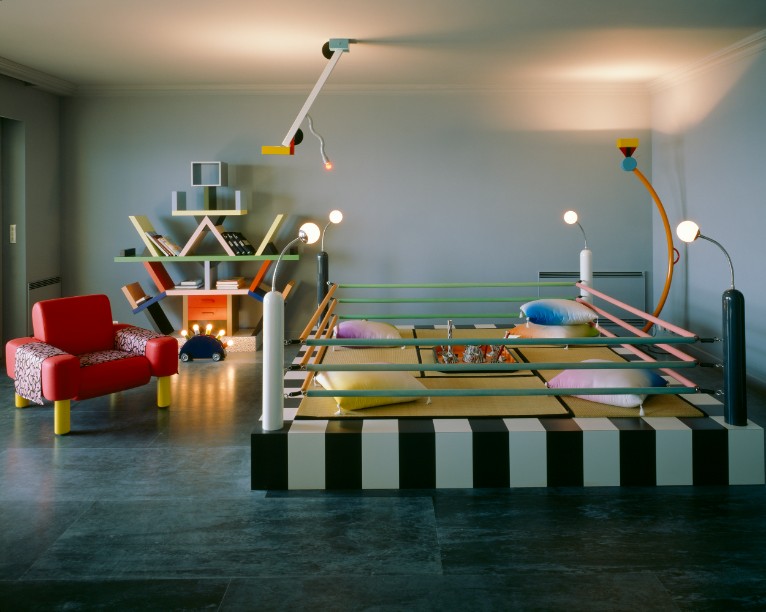
Homes are the expression of the way we live, they shape our everyday routines and fundamentally affect our well-being.
With the exhibition Home Stories: 100 Years, 20 Visionary Interiors (on display from 08/02 to 23/08/2020) the Vitra Design Museum aims to reopen the conversation about the contemporary private interior and its evolution looking back at 20 Iconic interiors.
10 Decades of Iconic Interiors. The exhibition is organized around 20 iconic interiors by architects such as Adolf Loos, Finn Juhl, Lina Bo Bardi, and Assemble; artists like Andy Warhol or Cecil Beaton, as well as interior designer Elsie de Wolfe.
 Lina Bo Bardi, Casa de Vidro, São Paulo, Brazil, 1952 Photo: © Nelson Kon, 2002.
Lina Bo Bardi, Casa de Vidro, São Paulo, Brazil, 1952 Photo: © Nelson Kon, 2002.
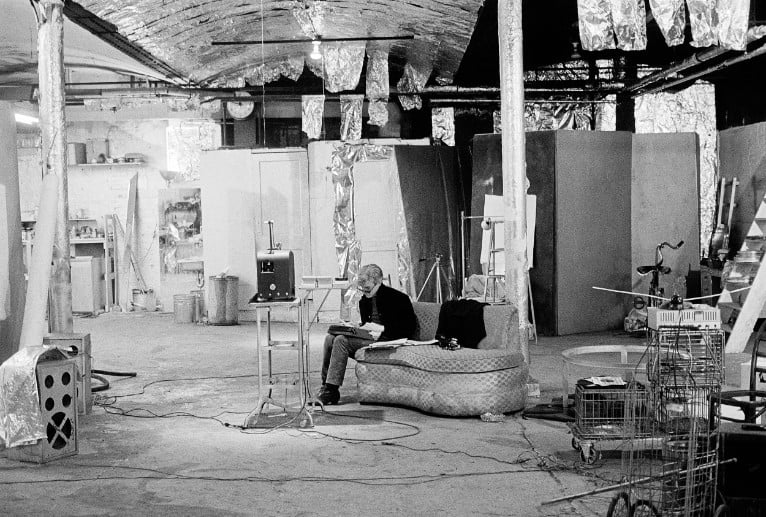
Nat Finkelstein, Factory Panorama mit Andy Warhol, New York City, USA, 1964- 67 (photo: 1965) © Nat Finkelstein Nachlass / All rights reserved.
The exhibiton starts with a look at a few selected contemporary interiors which reflect the shifts in private interiors that we are currently experiencing.
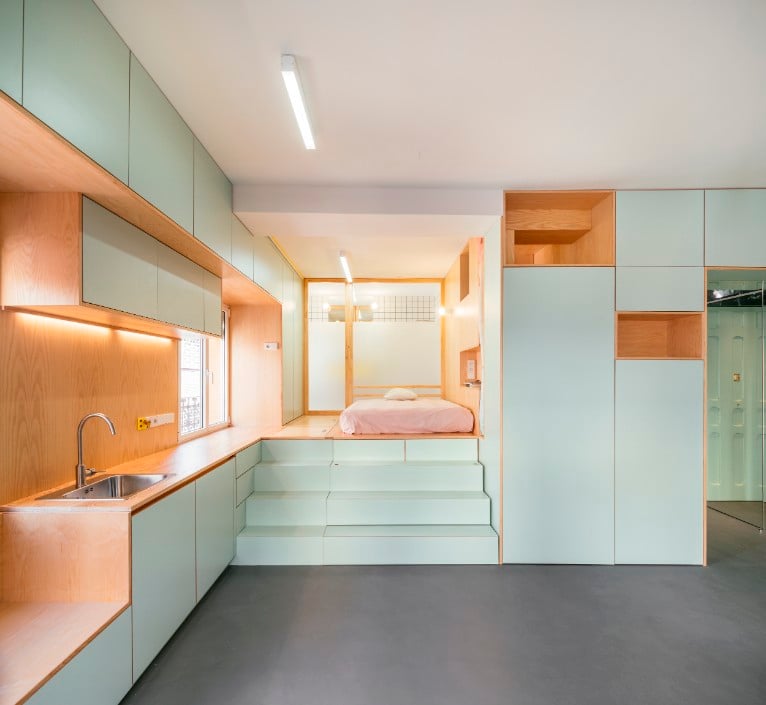 elii [oficina de arquitectura], Yojigen Poketto Apartment (kitchenette and sleeping area) Madrid, Spain, 2017 © elii [oficina de arquitectura], photo: Imagen Subliminal – Miguel de Guzmán + Rocío Romero.
elii [oficina de arquitectura], Yojigen Poketto Apartment (kitchenette and sleeping area) Madrid, Spain, 2017 © elii [oficina de arquitectura], photo: Imagen Subliminal – Miguel de Guzmán + Rocío Romero.
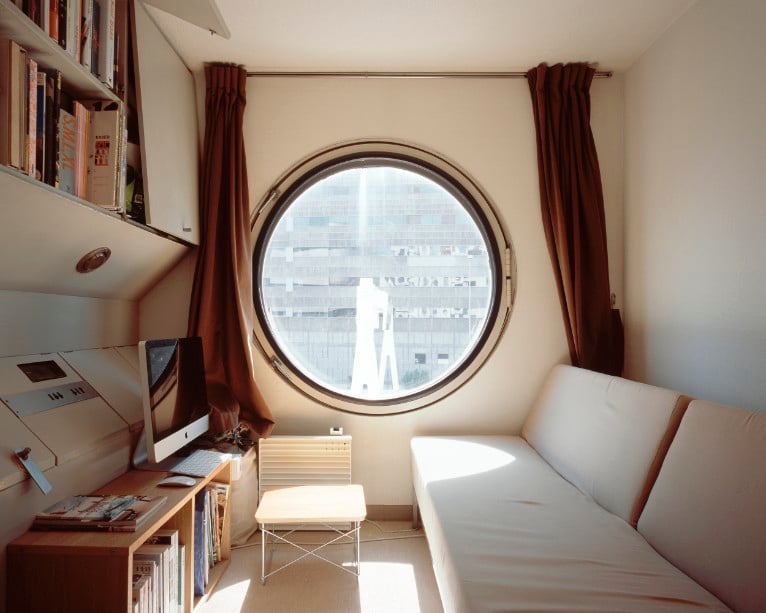 Noritaka Minami, A504 I (Nakagin Capsule Tower, Tokyo, Japan), 2012 © Noritaka Minami.
Noritaka Minami, A504 I (Nakagin Capsule Tower, Tokyo, Japan), 2012 © Noritaka Minami.
The second section of the exhibition looks at the radical shifts in interior design from the 1960s to the 1980s.

IKEA, Katalogcover, 1974 Claude Parent, Maison Parent, Neuilly-sur- © Inter IKEA Systems B.V.
Another decisive era in the formation of the modern interior were the post-war years, when the modern interior design style that had been developed before World War II entered the domestic realm of an increasing number of people in the Western world.
 Finn Juhl House, Ordrup, Denmark, 1941 Photo: Henrik Sorensen Photography, 2013.
Finn Juhl House, Ordrup, Denmark, 1941 Photo: Henrik Sorensen Photography, 2013.
The 1920s and ’30s saw the emergence of several key concepts of domestic space and interior decoration that still dominate our interiors today.
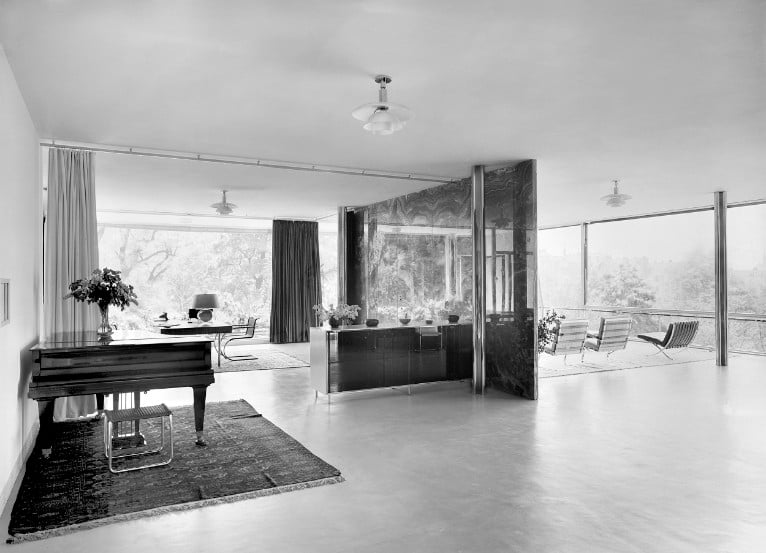
Mies Van der Rohe, Villa Tugendhat, Brno, Czech Republic, 1928-30
© Archive Štenc Praha/ VG Bild-Kunst Bonn, 2020.
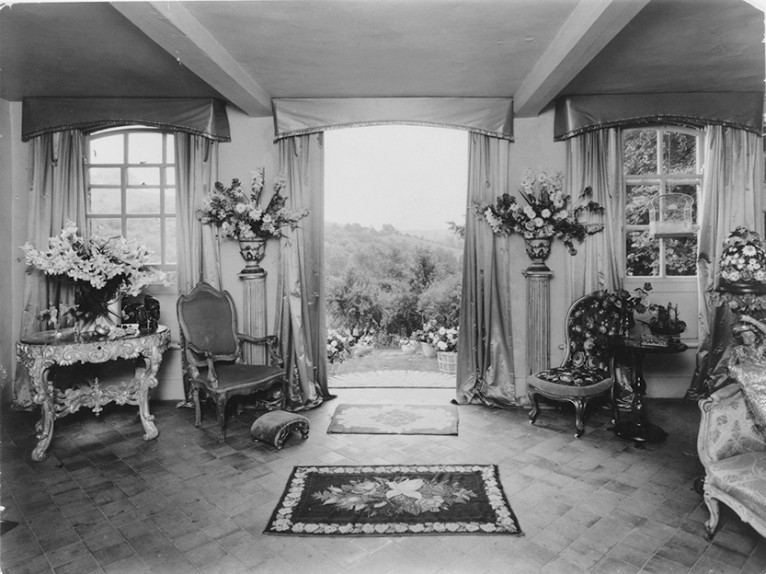
Cecil Beaton, Salon in Ashcombe, Wiltshire, England, 1930-45 (Photo: 1932)
© The Cecil Beaton Studio Archive at Sotheby's, Courtesy of Andrew Ginger.
As part of the exhibition, a walk-in reconstruction of the Visiona 2 by Danish designer Verner Panton will be presented at the Fire Station. The organically shaped living landscape in shades of red and blue, inspired by pop culture and science fiction, was one of the most remarkable domestic interiors of the 20th century.
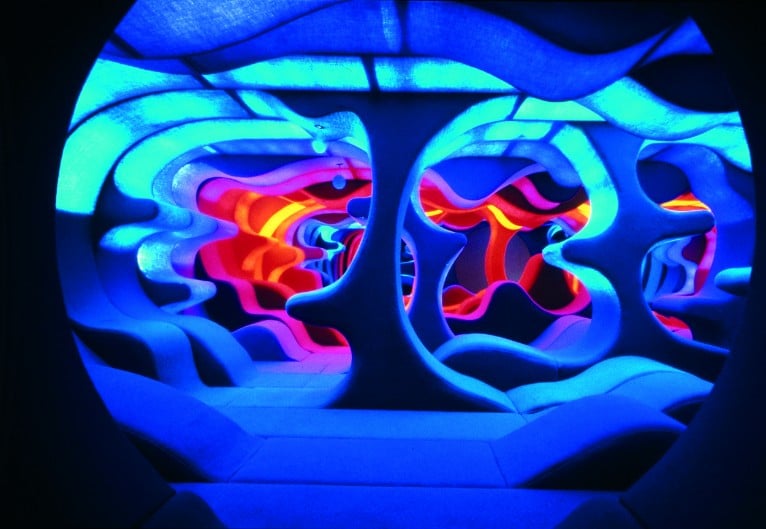 Verner Panton, Phantasy Landscape at the exhhibition Visiona 2, Cologne, Germany, 1970 © Verner Panton Design AG, Basel
Verner Panton, Phantasy Landscape at the exhhibition Visiona 2, Cologne, Germany, 1970 © Verner Panton Design AG, Basel
A Sensorial Journey through the Recent History of the Domestic Sphere. Throughout the twentieth century, the debate on interior design evolved between polar opposites of standardization, functionalism, and formal reduction on the one hand and individualization and ornamentation on the other, both of which continue to shape our homes to this day. The exhibition revisits some of the decisive moments of this evolution.
 Brandlhuber+ Emde, Burlon, Antivilla, Krampnitz, Germany, 2010–15 Courtesy of Brandlhuber+ Emde, Burlon, photo: Erica Overmeer / VG Bild-Kunst, Bonn 2020.
Brandlhuber+ Emde, Burlon, Antivilla, Krampnitz, Germany, 2010–15 Courtesy of Brandlhuber+ Emde, Burlon, photo: Erica Overmeer / VG Bild-Kunst, Bonn 2020.
 Alison and Peter Smithson, House of the Future, 1956 © Daily Mail.
Alison and Peter Smithson, House of the Future, 1956 © Daily Mail.
From current issues facing the domestic domain — such as the efficient use of dwindling urban space to the blurring of work-life boundaries — the journey includes our fascination with loft-living in the 1970s, the shift from formal to informal dwelling in the 1960s, the rise of household appliances in the 1950s, and the introduction of open-space planning in the 1920s.
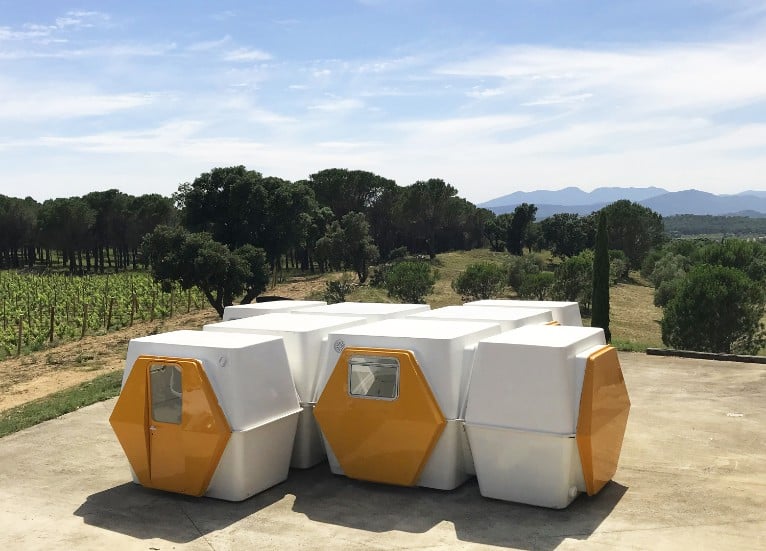
Anja Blomstedt and George Candilis, Hexacube living modules, 1972 © Gallery Clément Cividino & Terra Remota.
Contrasting the repetitive DIY - and Instagram-inspired look of modern Western living that often includes the same design icons, colour palettes, and furniture arrangements, the exhibition constitutes a compelling sensorial journey through the recent history of the domestic sphere, including models, drawings, furniture, films, and other media.
 Jacques Tati, Mon Oncle (filmstill), 1958 © Les Films de Mon Oncle - Specta Films CEPEC.
Jacques Tati, Mon Oncle (filmstill), 1958 © Les Films de Mon Oncle - Specta Films CEPEC.
 Karl Lagerfeld’s Monte Carlo Apartment (with designs by Memphis), Monaco, ca. 1983 © Jacques Schumacher
Karl Lagerfeld’s Monte Carlo Apartment (with designs by Memphis), Monaco, ca. 1983 © Jacques Schumacher
------
Cover: Karl Lagerfeld’s Monte Carlo Apartment (with designs by Memphis), Monaco, ca. 1983 © Jacques Schumacher










comment